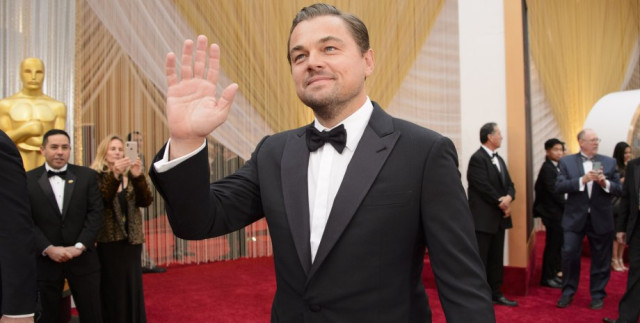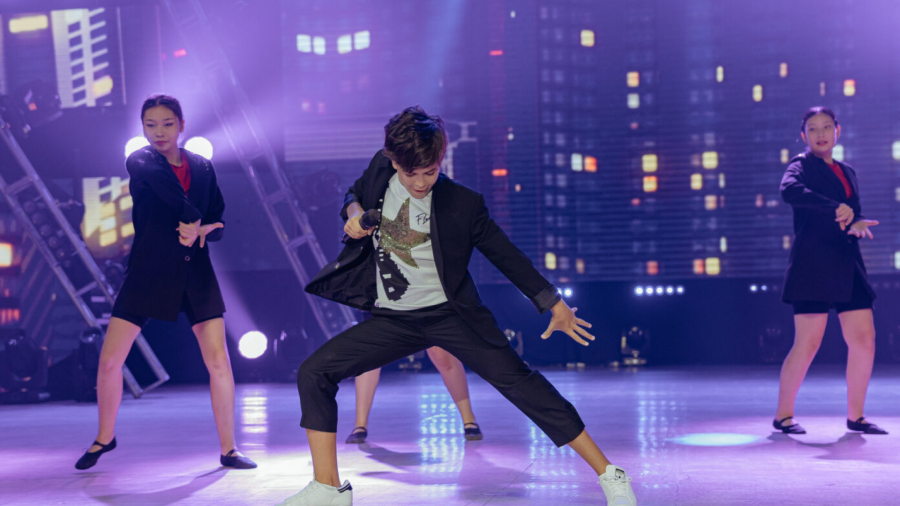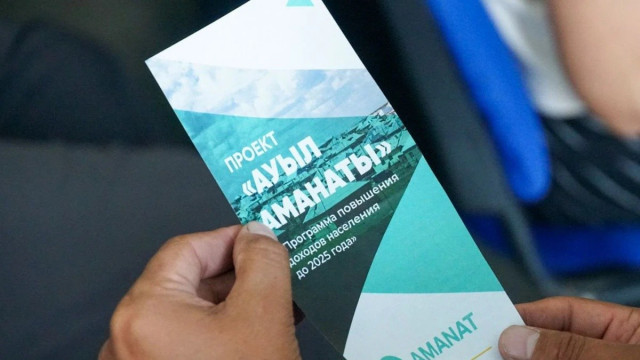
These are the most difficult two kilometers in the entire Kazakh capital. This is what architects used to jokingly call Barayev Street before this summer. This area has always been a busy one, and now it has been reconstructed.
“By expanding the sidewalks, dismantling inefficient fences, and building the elevated pedestrian crossings – a barrier-free street was built there,” said Tursyn Zhienbayeva, an architect of the Center of Urbanism, Nur-Sultan city.
Nur-Sultan is one of the youngest and fastest growing capitals in the world. So, it should look the same. Architects realize that and are inspired by advanced urban solutions. Europe occupies one of the leading positions in the world in this regard.
In addition to this, several more similar locations were opened in the Kazakh capital. And there is even an amphitheater located not far from the iconic landmark of the Palace of Peace and Reconciliation. In total, more than 200 yards and public spaces are planned to be created or repaired by the end of 2022.
“We live in a postmodern world. Everything has already been invented. In general, we are looking at positive cases around the world, such as a barrier-free environment and points of attraction. They are successfully implemented all over the world. And, we are trying to do the same in this city. We transform certain elements to fit our ethnic style. So we get completely new spaces,” said Aslan Kandygulov, an employee of the Center of Urbanism, Nur-Sultan city.
According to experts, one of the key megatrends in Kazakhstan is the movement of people from rural to urban areas. This trend will continue in the future. Citizens predominantly choose three major cities of the country, namely Nur-Sultan, Almaty and Shymkent. The tourism industry is important too. It is currently gaining momentum again after the COVID pandemic. Modern solutions are needed to make city life comfortable for everyone.
“Perhaps, the most large-scale work to create a barrier-free environment in the Kazakh capital has been done here, on Republic Avenue. It is one of the main streets of the city. The pedestrian part was leveled here last summer. Neither people with special needs nor parents with strollers are no longer afraid of curbs or pits,” said Mark Bryushko, a correspondent.
In the future, urbanists plan to connect all public spaces with bicycle and walking paths. They have already done something similar with city parks last year. Thus, another tourist route will appear in the city.









